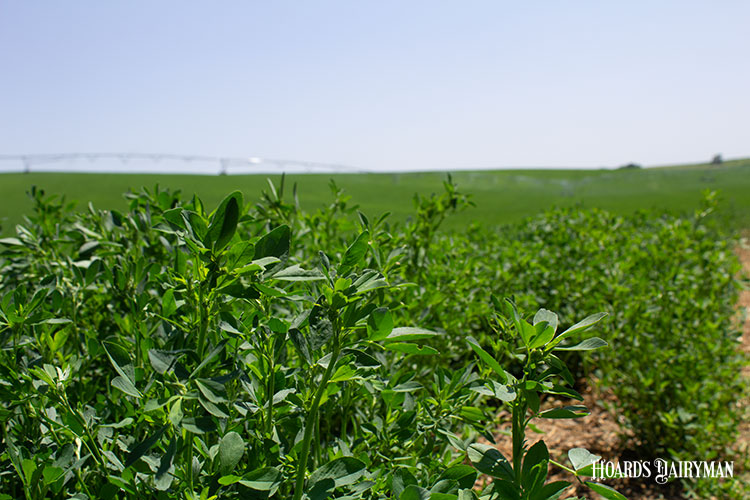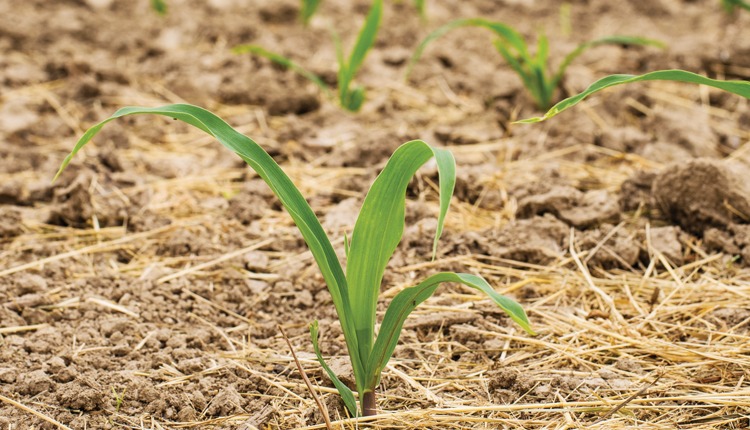
A good example is harvest management of alfalfa.
Some forage agronomists recommend that at least one cutting of alfalfa should be allowed to progress to the bloom stage. Other agronomists recommend that all harvests be made at late bud.
I’m in the latter camp; in fact, for many years, I’ve told farmers that with ideal alfalfa harvest management, they may never see a blossom during the life of the stand!
There are valid arguments on both sides of this issue, so there’s no right or wrong answer. Allowing one harvest to reach the bloom stage results in a greater accumulation of root carbohydrates, and therefore, the potential for healthier plants and (perhaps) a longer stand life. Harvesting every cutting at the bud stage bolsters forage quality but never allows the alfalfa plant to reach peak carbohydrate reserves.
Dairy farmers feeding high forage rations realize that top-notch forage quality — including alfalfa — is of great importance, and many are unwilling to let even one cutting come into bloom because of the resulting reduction in forage quality. Therefore, where the “experts” differ is in what they consider to be more important: Top-notch forage quality or the positive impact of nutrient reserves on plant health.
A big advantage of reduced-lignin (HarvXtra) alfalfa varieties is their slower accumulation of lignin, allowing harvest to be delayed until early bloom while maintaining high digestibility. This has two benefits:
- Better plant nutrition due to an additional seven to 10 days of nutrient uptake
- Significantly higher yield because the plants continue to add on dry matter as they progress from bud to early bloom
Similar to the old saying that, “There’s more than one way to skin a cat,” dairy farmers have choices in how they manage alfalfa. Which harvest option they choose is influenced by the forage quality needs of their herd, alfalfa variety selection, and their acceptance of risk.








